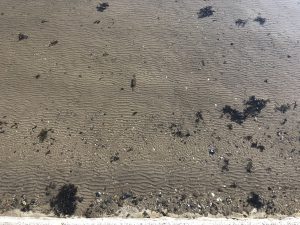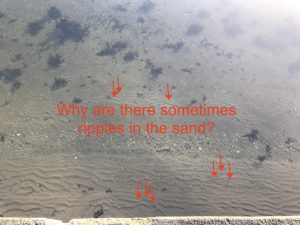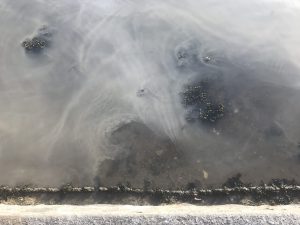
Tag: sediment transport


Irregular wave ripples, and some left on the beach when the water is gone
I’m getting more and more fascinated with wave ripples. I kinda understand how they form, but not enough to be able to explain as much about them as I would…

Foam stripes and sand ripples
So you might have seen my novel on the formation of sand ripples last week, and the tl;dr: I have a vague idea of how sand ripples form, but it’s…

Sand ripples. Why do they form in the exact way they do?
It has been bugging me for a while that on days where there isn’t a lot going on in terms of regular wave watching, I often see ripples in the…

Broken water pipes
So yesterday this happened: When I was on my way to meet my friend for a run early in the morning, the whole pavement was flooded (look at the cute…

Watch how sediment is transported with the flow while surface waves above move in the same direction but much faster
When I was on my way down to Kiel fjord earlier this day I was in a bit of a weird mood. I was thinking about how the weather was…